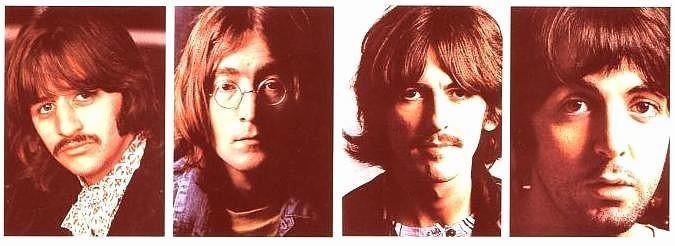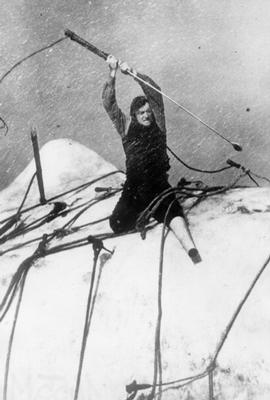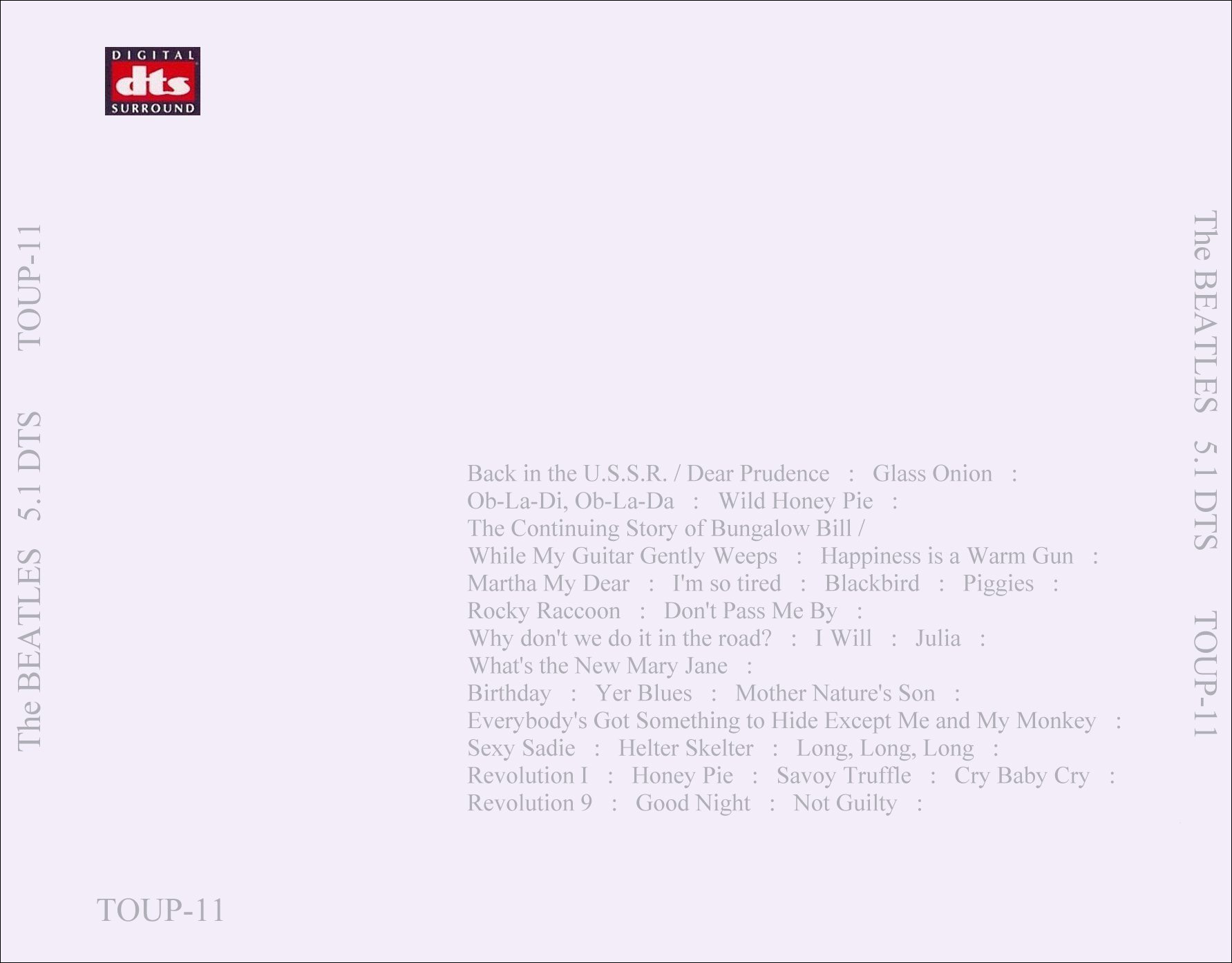Therefore, in his other moods, symbolize whatever grand or gracious thing he will by whiteness, no man can deny that in its profoundest idealized significance it calls up a peculiar apparition to the soul.
–Melville, Moby Dick (Chapter 42 – The Whiteness of The Whale)
Well, the album’s not not white. It is so appropriate for it to be a blank slate–figuratively speaking–because perhaps more than any other Beatles album, it has served as an ideal canvas upon which fans can project their opinions, insights and arguments. It is, to belabor the Melville metaphor, kind of the white whale of the greatest rock band’s canon, with fans so many Ahabs, trying to capture it, or understand it, or truncate it, or elevate it, or diminish it. Or all of those things, and more.
It was, after all, the album that signalled the end of The Beatles–every moment after its release a slo-mo implosion, those fractured pieces of ego and ambition the Flotsam and Jetsam that became Let It Be and Abbey Road, and later, the solo albums. Or was it? Was it, perhaps, merely a collection of uneven, ultimately amazing songs from a band at the apex of their superhuman powers? Probably, it’s something right around the middle of those extremes. It was what it was: the album the Beatles released, 40 years ago this fall. And while many fans (and/or critics–but who cares what they think?) would concede it’s not their best album, most people acknowledge that it might just be better than Sgt. Pepper (let me stand up and be counted here).
In terms of an engaged critical appraisal, arguably the only true way to grapple with this behemoth is to submit to a detailed, song-by-song analysis. What holds up? What doesn’t? Which songs, often easy to dismiss, still manage to surprise? (“Piggies”, “Rocky Raccoon”); which ones have never ceased to astonish–even after a thousand listens? (“Happiness is a Warm Gun”, “I Will”, “Long Long Long”). The songs themselves: 30 songs that constitute a sum far greater than their parts? (Does that even make sense, though? It’s the songs themselves that add up to the whole, and each song contributes to the overall effect, that ultimate achievement.) Perhaps it is actually the messy superfluity (an embarrassment of riches that is both, at times, embarrassing as well as rich) that somehow squares the circle. While fans have obssessed from day one about how much better it would have been as a single album (of which, more shortly), a compelling case can still be made that the ostensibly expendable songs, taken along with the master strokes, make a dovetail joint out of the assembled bits.
That last, debatable assertion, is worth expanding upon. In the contemporary climate of iPods and songs on sale for a buck apiece (or else snatched online, for free), it is difficult to imagine the suddenly old fashioned world of compact discs. It is harder still to imagine a seemingly black-and-white movie world where people purchased–and listened to–actual LPs for the simple reason that this was their only choice. Without waxing rhapsodic about wax, it’s probably safe to recall with some conviction those pretty-good days when a new album was an experience and it was experienced. Start to finish. (This is not to imply that people don’t eagerly immerse themselves in new releases today but, again, back then there was no other option.) In those days, unless you were going to jump up, run over, and move the stylus yourself (imagine actually getting up to change the channel on the TV…), you were in for the duration once the needle dropped. All of a sudden seemingly stolid things like flow and symmetry enter the equation. Suddenly the exhaust of the airplane ending “Back in the U.S.S.R.” segueing limpidly into the earthbound chords of “Dear Prudence” gives a subtle extra significance to both moments. The flamenco guitar flourish (actually a canned recording from the then-cutting edge Mellotron) functions as both a perfectly surreal coda to the cacophonous “Wild Honey Pie” but also as a perfect (and perfectly bizarre) introduction to Lennon’s wonderfully acerbic “The Continuing Story of Bungalow Bill”. Ditto for the saloon piano at the end of “Rocky Raccoon”–or is that supposed to be the beginning of “Don’t Pass Me By”?
Is it just habit (or worse, sentimentality) informing the observation that Side 2 would suffer if it began with, say, “Blackbird” instead of “Martha My Dear”? Or that Side 1 has to end with “Happiness is a Warm Gun”? Or, that, of course, Side 3 has to end with “Long Long Long” knowing that the slow, smothered coda will be resucitated with the studio chatter and false start of “Revolution 1” opening Side 4, the effect like a light switch being flipped on? Could the one-two punch of McCartney’s “I Will” and Lennon’s “Julia” possibly do anything other than close Side 2, a calming comedown after the narcotic maelstrom that preceded it?



